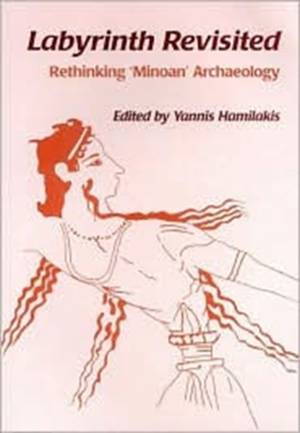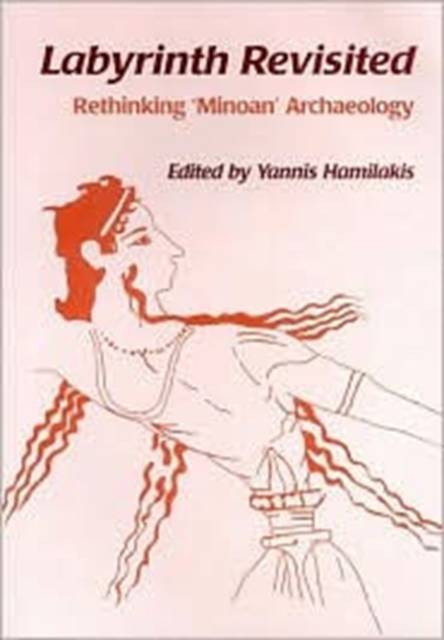
- Afhalen na 1 uur in een winkel met voorraad
- Gratis thuislevering in België vanaf € 30
- Ruim aanbod met 7 miljoen producten
- Afhalen na 1 uur in een winkel met voorraad
- Gratis thuislevering in België vanaf € 30
- Ruim aanbod met 7 miljoen producten
Zoeken
Omschrijving
`Minoan' Crete is one of the most intensively investigated archaeological cultures in the world, and one that has often captured the public imagination. It is a Bronze Age Aegean society, but it has been intimately connected with the Classical Greek myth of King Minos and his Labyrinth since Sir Arthur Evans excavated and restored (some would say `rebuilt') the important site of Knossos, more than a century ago. Yet many archaeological interpretations of this fascinating culture are still largely traditional in focus and often anachronistic. This collection of papers, challenging and re-examining many conventional and established versions of 'Minoan' history is thus long overdue. How have modern preconceptions and socio-political developments shaped archaeological interpretations of 'Minoan' society? What were the gender roles and attitudes of the inhabitants of Bronze Age Crete? How can data such as the puzzling architecture, the stunning wall-paintings, the elaborate and abundant pots, the landscape and the way it is perceived by humans, help us understand the nature and the negotiations of power and the role of the so-called palaces? These are some of the questions that this book addresses, considering 'Minoan' archaeology from a variety of interpretive angles, and situating 'Minoan' archaeology in the mainstream of archaeological thinking and practice.
Specificaties
Betrokkenen
- Auteur(s):
- Uitgeverij:
Inhoud
- Aantal bladzijden:
- 248
- Taal:
- Engels
- Reeks:
Eigenschappen
- Productcode (EAN):
- 9781842170618
- Verschijningsdatum:
- 31/07/2009
- Uitvoering:
- Paperback
- Formaat:
- Trade paperback (VS)
- Afmetingen:
- 171 mm x 244 mm
- Gewicht:
- 607 g

Alleen bij Standaard Boekhandel
+ 120 punten op je klantenkaart van Standaard Boekhandel
Beoordelingen
We publiceren alleen reviews die voldoen aan de voorwaarden voor reviews. Bekijk onze voorwaarden voor reviews.











